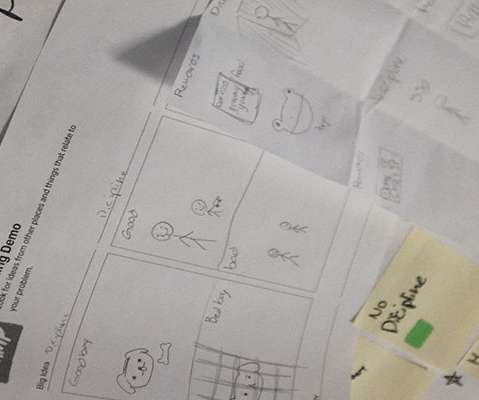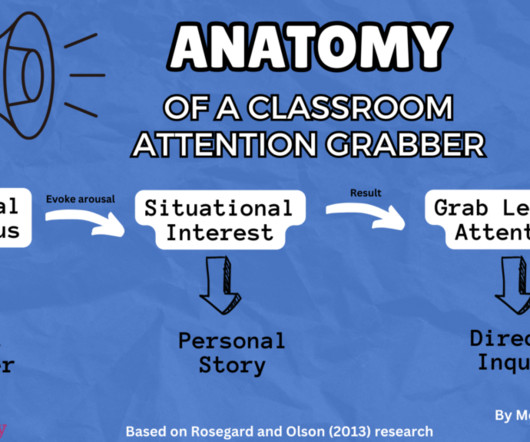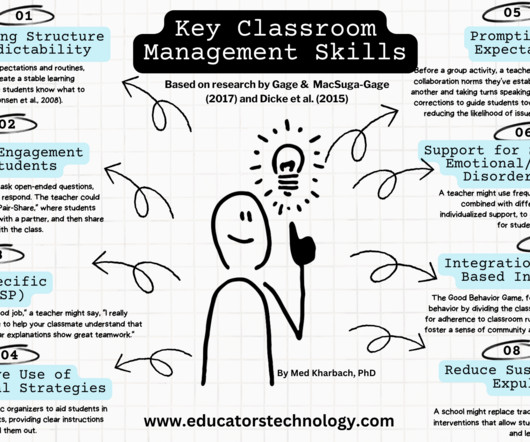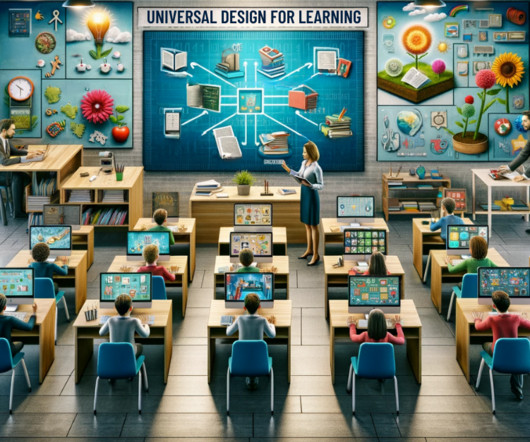Exploring Design Thinking Micro-credentials in the Classroom
Digital Promise
MAY 4, 2021
The opportunity that frequently emerged from the research was improving students’ mindsets and skills through design thinking methodologies. As we recognize that educators’ capacity is already limited with classroom-related responsibilities, we also understand their time for seeking out professional learning opportunities is also limited.




















Let's personalize your content